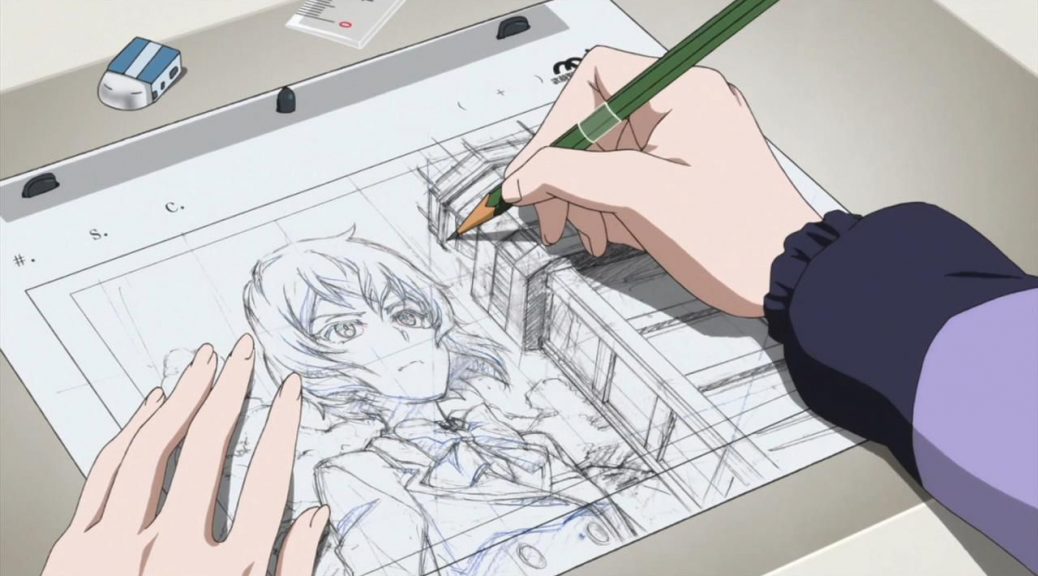Just How Anime is Made
Have you ever before asked yourself just how anime is made? For the majority of us, anime production is all smoke and mirrors. The range between the idea art and also the ended up masterpiece is the size of a normal 12-week season. Reality be told, unless you're fluent in Japanese, the manufacturing process governing Japanese computer animation is shrouded in secret. Attempting to get more information will lead you down a bunny hole of terms like vital animator, in-between animator, animation supervisor, episode director, art director, and also character developer. How anime is made in Japan is really different from exactly how you would believe; often times, it is a lot more of a liquid (read: chaotic) procedure than you would expect.
The Art of Computer animation
Computer animation production is an unpleasant, messy affair. Disorderly scheduling, crunched timelines, missed out on target dates, and widespread inexperience are all occupational dangers anyone working in a little, start-up setting is well-acquainted with.

Anime is also a labor of love as well as one that calls for the abilities of lots of people, in addition to the perseverance of a select few. Besides, it is one that needs several, many steps. The success of even one episode is no little accomplishment, and also one misstep can have dire repercussions for the whole manufacturing. Dig deeper as well as you'll discover manufacturing timetables and also color-coded checklists that are the stuff of nightmares. A lot of spreadsheets, many trademarks.
I'll do my ideal to offer a thorough review of the procedure, laying out the significant actions and also the significant gamers. In doing so, I want to demonstrate how tough it is to make a suitable anime, not to mention a great one, while reigniting your love for the medium. Above all, apologies beforehand for any kind of mistakes or mistakes; I am, by no means, a professional on anime production.
The Production Refine (i.e. Manufacturing Challenges).
Pre-production.
This is the preparation and financing stage. The anime manufacturing firm (e.g. Aniplex, Bandai Visual, Kadokawa Shoten, Horse Canyon, Sony, Toho, Viz Media) is in charge of fronting costs for staffing, broadcasting, and also circulation. Fundamentally, they pay workshops to make it, tv stations to air it, and the licensor to disperse it domestically and also worldwide. Most importantly, they gather the profits from the sales. In some cases, multiple manufacturing business are involved in a solitary anime. Studios (e.g. A-1 Photos, Bones, J.C. Team, Kyoto Computer Animation, Madhouse, Production I.G, Workshop Ghibli, Trigger) are the ones who staff, pay, and also produce the real anime. If the anime is an original idea, the studio will certainly often help front the expenses.
Assembling the Group.
The director is the innovative head honcho as well as is, generally, the one that staffs the show. When it involves staffing, each studio functions in a different way. Some have permanent in-house animators, colorists, editors, as well as manufacturing desks, while others will certainly have a permanent team of core individuals from each division as well as a huge network of freelancers. Then there are the workshops that contract out the work completely to consultants.
Storyboards.
The director is normally in charge of the storyboards, also. In long-running TV-anime, in contrast to seasonal anime, storyboards typically are up to various storyboarders. In a perfect globe, the storyboards would be entirely completed prior to an episode enters into manufacturing. This would give the rest of the personnel the opportunity to expand a cohesive, fully recognized tale; nevertheless, that seldom ever before takes place, and also frequently episodes are in-production as the storyboards are still being worked out. It's a headache, truly.
Layouts.
Successive is designs. Under the guidance of the supervisor, episode supervisor, as well as often manufacturer, the design director will fill in the details for cuts (scenes, typically figured out by the use of a single background). This involves organizing the main animated photo or "cels" (received cozy colors) against the backgrounds (shown in amazing colors) with descriptions of how the camera should relocate. Simply put, the design director is framing each cut and also checking out general composition.

Animation.
As soon as formats are done, the production assistant provides to the crucial animators. They're the ones who bring the images to life. The finished cuts after that go to the episode's computer animation supervisor, who look for consistency and top quality. If the cuts get the consent, they most likely to the in-between animator. This work is commonly contracted out to less seasoned animators with more affordable prices. The in-between structures are sent to the in-between manager to ensure get more info they follow the high quality and frameworks of the key computer animation. If a cut is declined at any kind of stage, it is returned for revisions.
Digitized.
Lastly, once the computer animation is done, the coloring group, monitored by the shade designer, digitizes, cleans up, and also colors the cuts. At this moment, the cuts are described as cels (or digicels). The colorist places the tinted cels versus the background art (as defined in the formats) and includes any kind of 3DCGs under the supervision of the 3DCG supervisor. The last of in-production is recording, in which composition, unique results, and modifying are wrapped up.
Post-Production.
With the end in sight, the production aide sends out the last cels to the recording director for post-production. The recording director manages the "dubbing" procedure in which the post-production teams add in the voice acting, sound results, and music. That wraps up the life cycle of one cut in anime manufacturing. Ultimately, at the end, the editor splices, integrates, modifies, and after that creates all the finished cuts. Meanwhile, the director and episode director are signing in at each phase to see to it the ended up product measures up to their vision. The core guiding group after that assesses the finished episode and also gives feedback or their final approval.